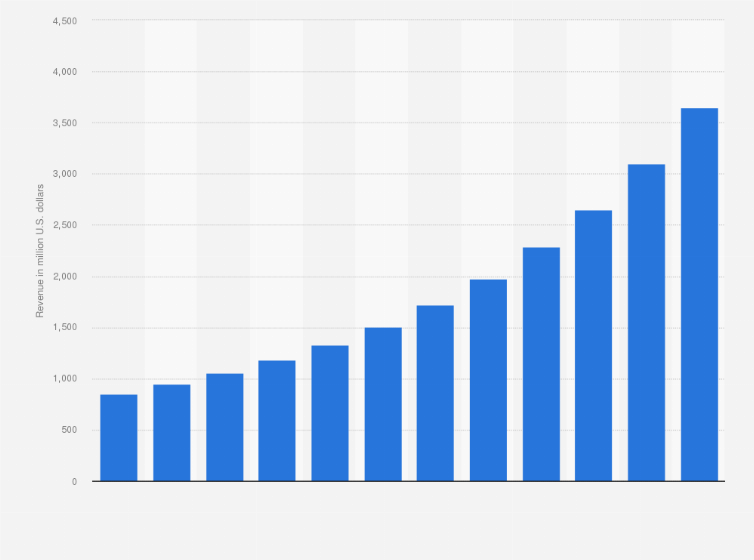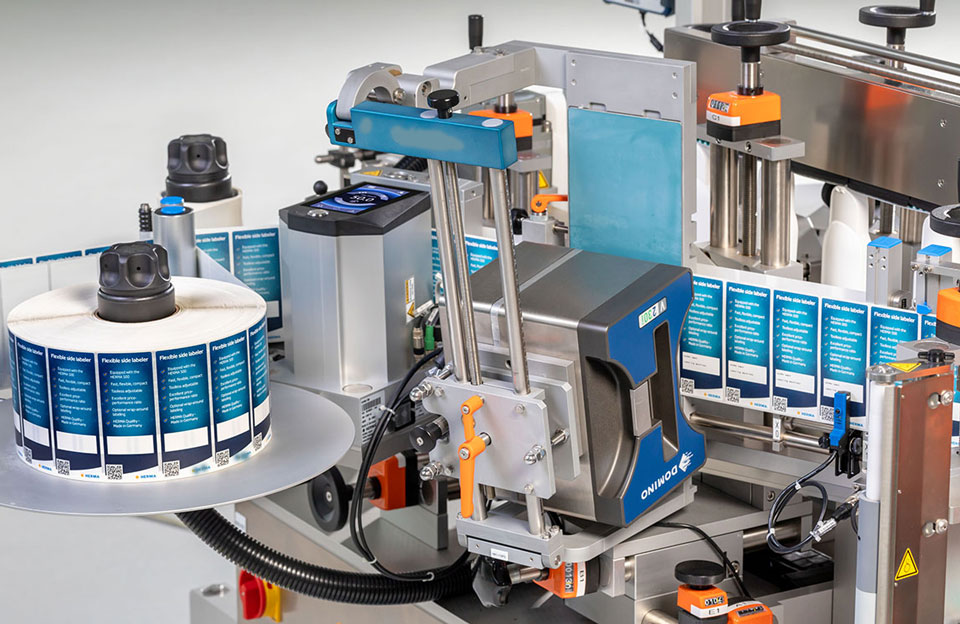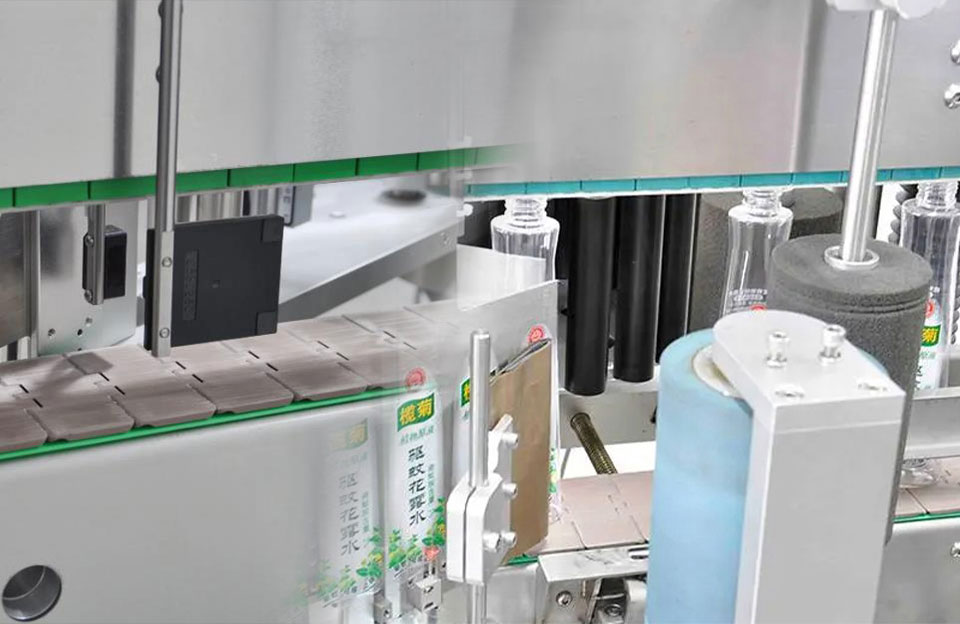Labeling machines have also undergone several key market development phases as the demand for accurate, fast, and easy labeling solutions increased. The global labeling machine market is also expected to grow along with the growth of the e-commerce industry due to factors such as convenience, choice, and cost-effectiveness. At the same time, the continuous adjustment of the global industry structure also changes the market characteristics of labeling machines.
Market Characteristics of Labeling Machines

Like any other industry, the labeling machine industry goes through various stages in its life cycle. While the life cycle changes, the market characteristics of labeling machines will also change accordingly. These stages are commonly known as the industry life cycle, and they describe the overall development and maturity of the industry over time. Here are the typical stages in the life cycle of the labeling machine industry.
- Introduction Stage: One of the market characteristics of labeling machines is introduction stage. During this initial phase, the labeling machine industry is in its infancy. Innovators and entrepreneurs introduce new labeling machine technologies and solutions to the market. There may be a limited number of manufacturers and products available. The demand for labeling machines is relatively low as potential customers are just starting to understand the benefits of using such machines.
- Growth Stage:In the growth stage, the labeling machine industry experiences a rapid expansion in demand and market penetration, and in this stage, the market characteristics of labeling machines is obvious. The benefits of using labeling machines become more apparent, leading to increased adoption across various sectors and industries. More companies enter the market to capitalize on the growing demand, resulting in increased competition. Innovations and technological improvements enhance features and functionalities, making labeling machines more efficient and user-friendly.
- Maturity Stage:During the maturity stage, the labeling machine market reaches its peak saturation level. Most potential customers already own labeling machines, making the market more stable. Competition intensifies, leading to price competition and thinner profit margins for manufacturers. Companies focus on improving existing products, customer service, and cost-cutting measures to maintain their market share.
- Decline Stage:In the decline stage, the labeling machine industry experiences a slowdown in demand and sales,and the market characteristics of labeling machines are also showing a downward trend. Market saturation reaches a point where most potential customers already own labeling machines, and there is limited room for further growth. Technological advancements in other areas might lead to alternative packaging and labeling solutions, reducing demand for traditional labeling machines.
- Renewal or Exit:During this stage, companies in the labeling machine industry face a critical decision. Some may reinvent themselves by diversifying their offerings or entering new markets to find growth opportunities. Others may exit the market altogether due to declining sales and profitability. The industry may also witness consolidation, with smaller players merging or being acquired by larger companies.
It’s important to note that the duration of each stage can vary significantly depending on technological advancements, market dynamics, and economic conditions. Additionally, some companies may simultaneously experience different life cycle stages, depending on their product offerings and target markets.
The Impact of Structural Adjustment on Labeling Machine Industry

Structural adjustment refers to a series of economic policies and reforms usually implemented by countries facing financial crises or seeking assistance from international financial institutions such as the International Monetary Fund (IMF). These policies aim to stabilize the economy, promote growth and achieve financial sustainability. While the impact of restructuring may vary depending on the circumstances and implementation, here are some of the potential impacts it could have on the labeling machine industry:
- Market Deregulation:Structural adjustments, typically involving market deregulation and reduced government intervention in the economy, can create opportunities for the labeling machine industry by making it easier for new players to enter the market and promoting competition. However, it could also expose domestic manufacturers to greater competition from international players, especially if import restrictions are lifted.
- Import Liberalization:Structural adjustment policies may reduce import tariffs and barriers to boost international trade to promote increased international trade. While this could benefit the labeling machine industry by allowing access to cheaper raw materials and components, it could also lead to increased competition from foreign manufacturers. Domestic companies may struggle to compete with low-priced imports.
- Currency Devaluation:A country may devalue its currency to boost exports and address trade imbalances as part of structural adjustment measures. This depreciation can make domestic labeling machines more competitive internationally due to lower export prices. However, it could also increase the cost of imported machinery and components needed for manufacturing, affecting local producers.
- Fiscal Austerity:Structural adjustment programs typically involve fiscal austerity measures, including government spending and subsidy reductions. A company relying on government support or incentives may directly affect the labeling machine industry. At the same time, it may also affect the purchasing power of customers, which may lead to a decrease in the demand for labeling machines.
- Changes in Industry Focus:Structural adjustment may encourage countries to shift their industrial focus to sectors with higher export potential or comparative advantage. If the labeling machine industry is not prioritized, it may receive less government support and face challenges in obtaining resources and financing.
- Impact on Demand:The impact of structural adjustments on the overall economy will affect the demand for labeling machines in different industries. Economic downturns or periods of instability may result in reduced investment in machinery and capital equipment, including labeling machines.
- Technology Transfer and Innovation:Technology transfer and increased foreign direct investment may be incentivized as part of a structural adjustment program. This may result in introducing more advanced labeling machine technology into the domestic market, benefiting the industry through capacity upgrades and increased efficiency.
Conclusion
The impact of structural adjustments on the labeling machine industry will depend on the specific policies implemented, the industry’s existing strengths and weaknesses, and the broader economic environment in which it operates. While some aspects of restructuring may present challenges, there may also be opportunities for growth and development in a more open and competitive market.


